JOHNSON VALLEY, Calif. – “You’ve got to be kidding,” I say as I stare at the narrow, boulder-strewn gully before me. Actually, “boulder” may be too kind for what are probably better described as “jagged-ass rocks.”
Either way, there is absolutely nothing about it that would make me follow that up by adding, “Yeah, totally, send an automobile up through that.” And yes, “up,” because this will also be an uphill journey we’re apparently about to embark upon in the new 2024 Chevrolet Colorado ZR2 Bison. I’m told by its creators that they took it through far worse in testing, but I have far too much mechanical sympathy to view this as anything but a bad idea.
“There’s not a horse available instead? Seriously, I could just walk up there quicker.”
Clearly, I’m not the demographic for rock crawling, and honestly, this isn’t the arena you immediately think of when it comes to a ZR2. It’s a desert-running truck, complete with a Baja drive mode, that utilizes its sensational Multimatic DSSV spool-valve dampers to soak up extra-large impacts and, as a pleasant side effect, a cushy, Lincoln-like ride on dirt and sandy roads. The Bison goes even further with its Jounce Control Dampers, also by Multimatic, that are best described as hydraulic fancy bump stops. They're the big blue cylinder things shown below. Basically, instead of greeting a rigid piece of rubber upon exceeding the spring and damper capability, you get a bonus damper to cushion the blow even further.
The result? You know “Dukes of Hazzard?” Yeah, Bo and Luke would’ve loved to have these things. Or, at least, their stunt drivers would’ve.

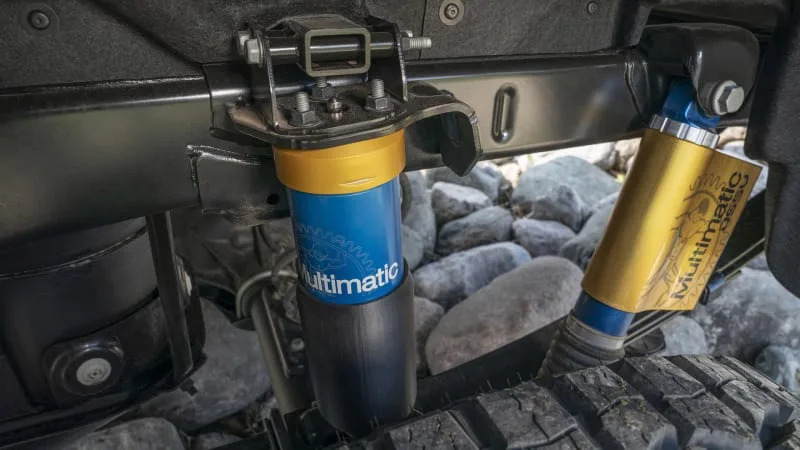
Alas, while I got a chance to fully appreciate the ZR2 Bison’s ability to sop up unpleasant desert terrain as if I was merely driving somewhere “paved” in Michigan, I did not get a chance to launch the ZR2 Bison over a gorge. Pity, that seems more fun than slowly smashing its under bits onto jagged hunks of stone.
That said, the Bison is still better equipped for that than the regular ZR2. It was created in partnership with American Expedition Vehicles, or AEV, whose bison logo inspired the truck’s name (Chevy also made a big rig called the Bison back in the ‘70s). They provide the heavy-duty, winch-capable front steel bumper, along with the steel rear bumper and not-steel-but-still-burlier fender flares. The skid plates and huge rocker protectors are GM pieces, but they’re made of boron steel (which just sounds impressive, right?) and I can attest that they work. There was absolutely no chance they could’ve avoided a thwack or two through this gauntlet.
Believe me, I tried. I even asked, “Couldn’t we just move that jagged rock? Seriously, I could just jump out, kick it over, no problem.” The spotters looked at me like I was Scott Evil asking his father if he could just get the gun in his bedroom to take out Austin Powers. “You just don’t get it, do you James?” I imagined them saying, when in fact they just kept giving me hand signals.
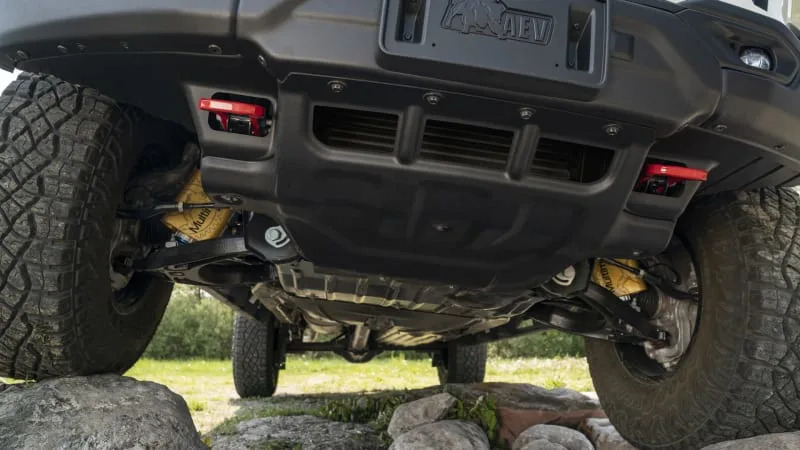
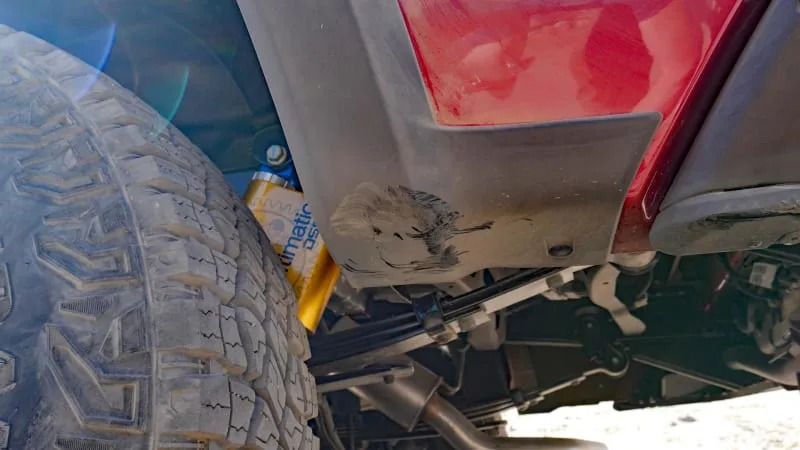
And so, with the Bison’s power-locking front and rear differentials engaged along with 4Lo and Terrain mode, I eased onto the throttle and allowed the enormous, segment-exclusive 35-inch mud-terrain tires to do their job. They’re so big, the matching spare won’t fit in its usual home under the bed – it resides on a special mount in the bed looking cool as hell but almost completely eliminating rear visibility. GM’s camera mirror should be standard. Lots of other cameras are, though, including the infinitely handy forward camera for those times when a spotter isn’t available or he just doesn’t want to get out of the damn truck again.
I do have a spotter, and he guides me over the boulder of doom. The fat, grippy rear tire plunges down onto the ground below, but rather than feeling the soft, cushy welcome provided by Multimatic, I instead get the painful thwack of the rear quarter panel’s plastic protective trim smashing down upon rock. It looks to be the same piece found on every Colorado, and it’s sturdy. There was only a scuff (pictured above) much as there was on every truck in our little herd of Bison that went through, as no line or driver was going to escape damage through there. Those fat rocker guards did a literal bang-up job, too, as you can see in the video below when my drive partner did a lap.
Total ground clearance is 12.2 inches, versus 10.7 of the standard ZR2, and therefore better than the Gladiator and everything else in the midsize truck segment. The approach angle is actually 0.4 degrees worse (oh no!), but the departure angle improves by nearly a full degree to 26 degrees. No doubt removing the spare tire helped there.
Power comes from the 2.7-liter High-Output inline-four cylinder that sends 310 horsepower and 430 pound-feet through a smart eight-speed automatic. It’s definitely not slow, but the enormous knobby tires do make it feel like it’s trying to motivate, well, several hundred pounds of extra unsprung mass. It can behave like a fit person going for a jog in work boots. And speaking of weight, the 5,265-pound Bison gains 325 pounds over the ZR2. That’s hefty for something dubbed “midsize.”
Towing and hauling capability is down by a couple hundred pounds on both fronts versus the ZR2. Max trailering registers at 5,500 pounds and payload sits at 1,050 pounds, which is roughly the weight of one female actual bison. Of course, the 5-foot-2 bed and giant spare tire will make hauling one difficult.
In terms of aesthetics, besides the AEV bumpers and body protection, the Bison gets the “Flowtie” front Chevy badge and Bison badges. The interior adds all-weather floor mats and AEV headrest logos, but is otherwise the same as the ZR2, which features a few softer materials on the dash and elsewhere as in other upper-trim Colorados.


Pricing was not available at the time of this writing, but let’s assume that it will be comparable to the $8,440 package price tag of the Silverado ZR2 Bison. Assuming a slight bump on the ZR2 base price for 2024, it seems fair to assume a starting point of around $58,000 after destination. Throw on the Technology and Convenience packages of our test truck, and you’re likely looking at a shade over $60,000.
If our estimates are correct, that’s obviously extraordinarily expensive for a midsize pickup. But when you’re talking about hardcore off-road vehicles, it’s really not. The four-door Ford Bronco Wildtrak or Badlands with Sasquatch package are right around $60,000, ditto the new, hardcorer Jeep Wrangler Rubicon X. A Jeep Gladiator Mojave is probably the closest pickup in general concept and starts at around $50,000, but the equipment doesn’t line up, including the availability of 35-inch tires. None of the above offer the wizardry of the Multimatic dampers.
In case you’re wondering, the Chevrolet Silverado ZR2 Bison starts at $80,730. Even if my bank account was grand enough to not notice the difference between the two, I would still get the Colorado. A back-to-back drive of the standard Colorado ZR2 and Silverado ZR2 on a sandy desert course made that choice remarkably simple. I had fun on that course in the Colorado – it was nimble, athletic, and the structure felt tauter over bigger impacts. By contrast, I simply completed the course in the Silverado – yes, it still has the Multimatic dampers, but there’s no escaping its size, even in a relatively wide-open environment. There’s also no way we could’ve gone through that rock gauntlet in a Silverado, be it light duty 1500s or the 2500s HD Bison we also drove out in the desert, albeit less extensively. They’re just too wide.
Really, then, it comes down to whether the Bison is worth the extra several thousand dollars over the standard ZR2? It is unquestionably the more capable and comfortable off-road truck. It looks cooler and is more exclusive. If you get the standard ZR2, someone will inevitably ask, “Is that the Bison?!?” and your answer will make you sad. I think that probably answers the question.
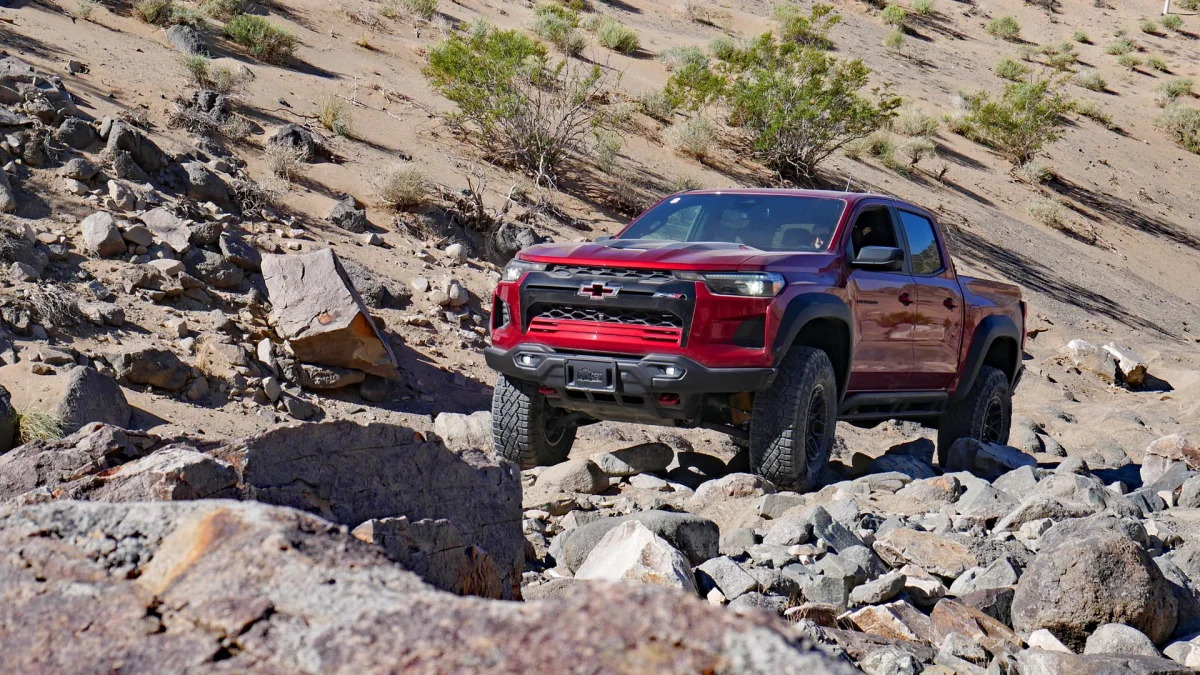

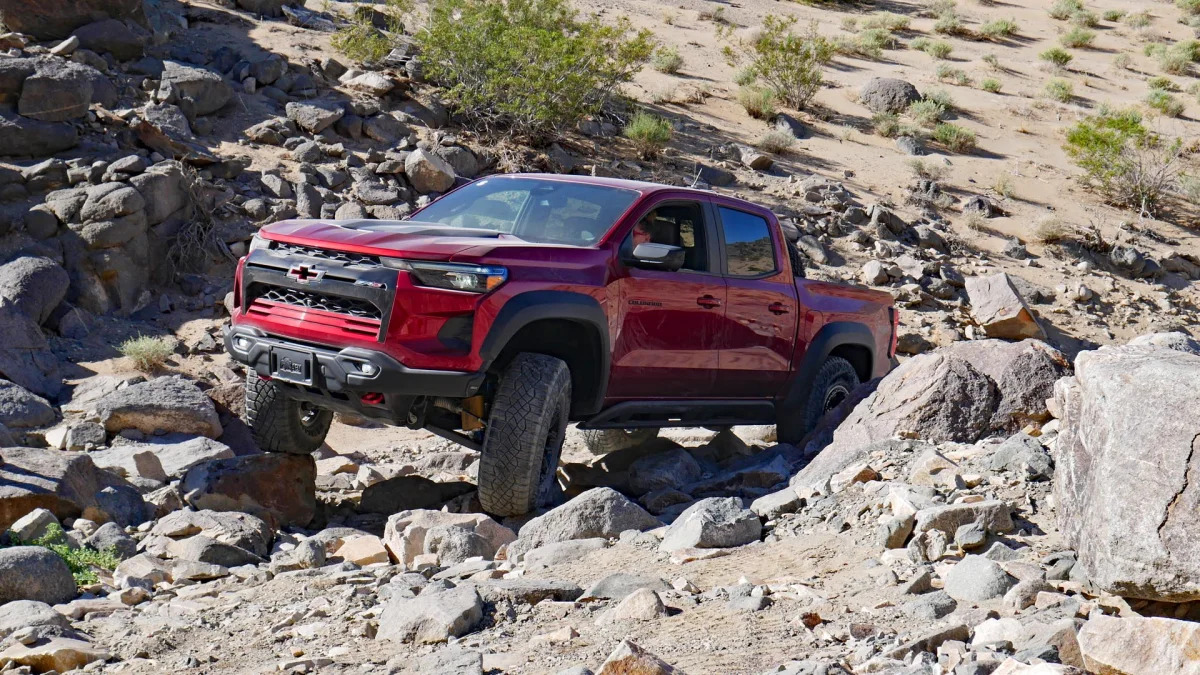
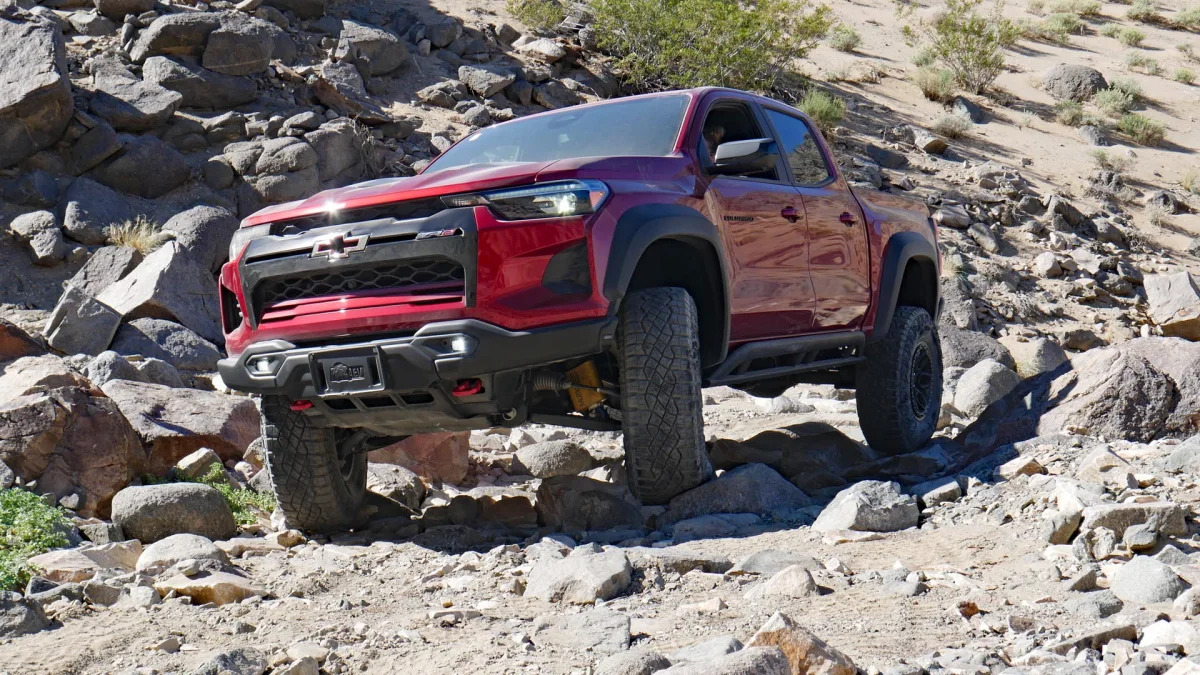


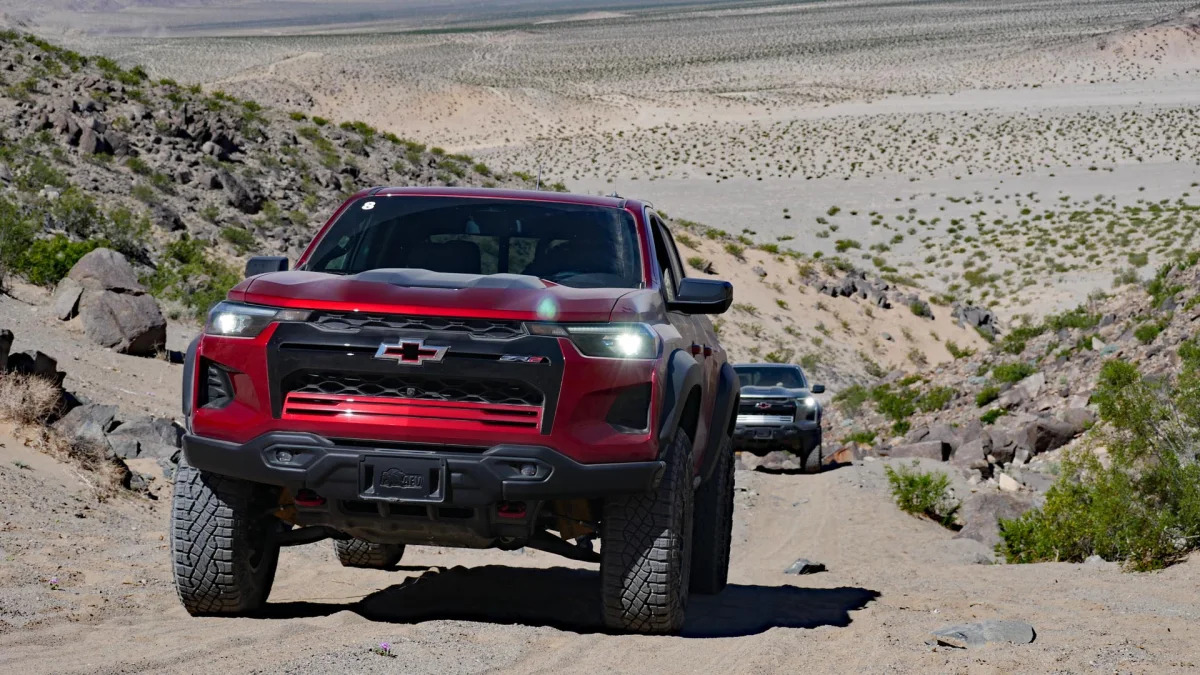
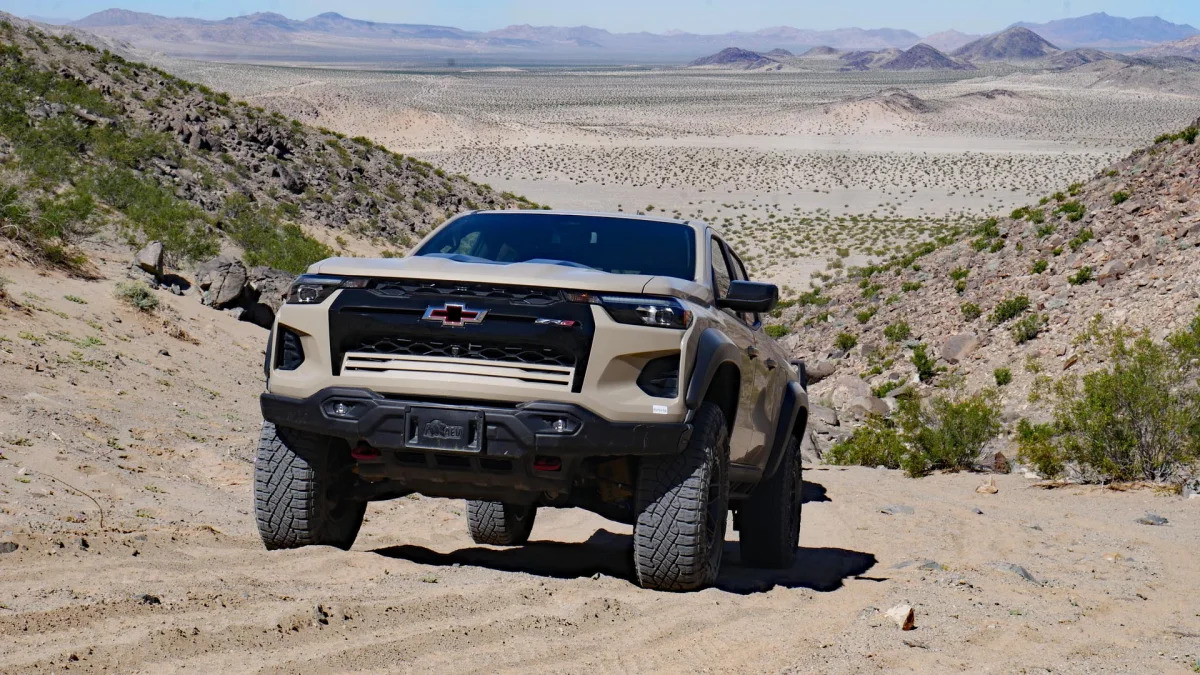


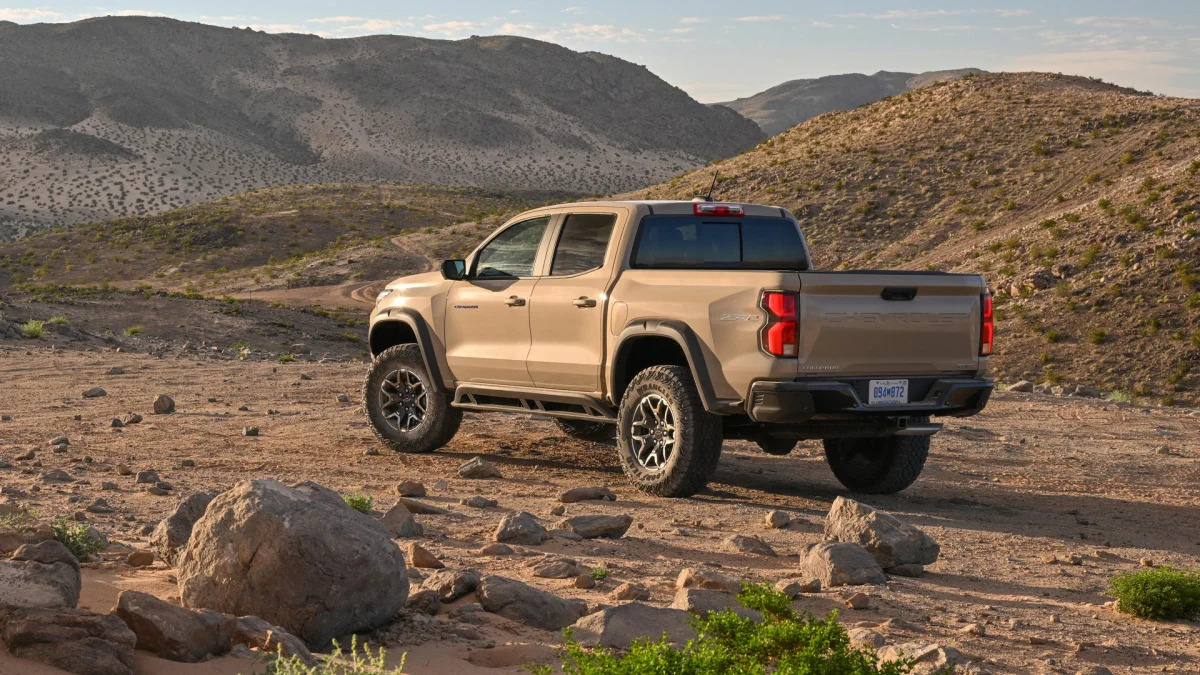
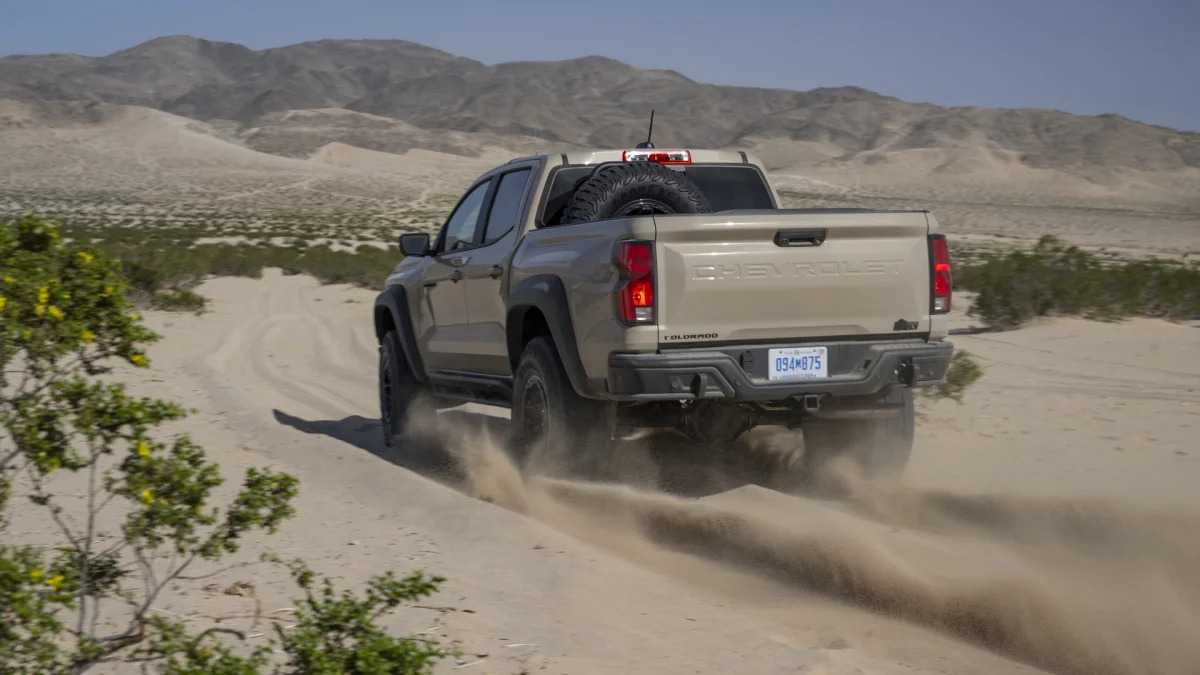

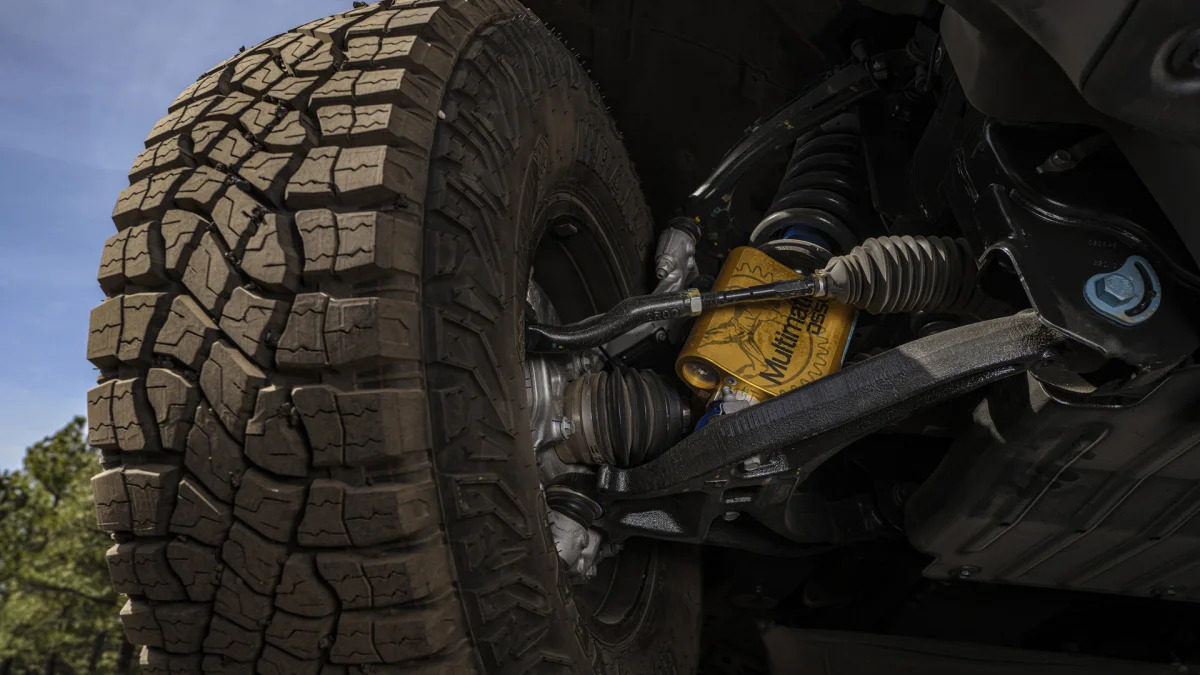



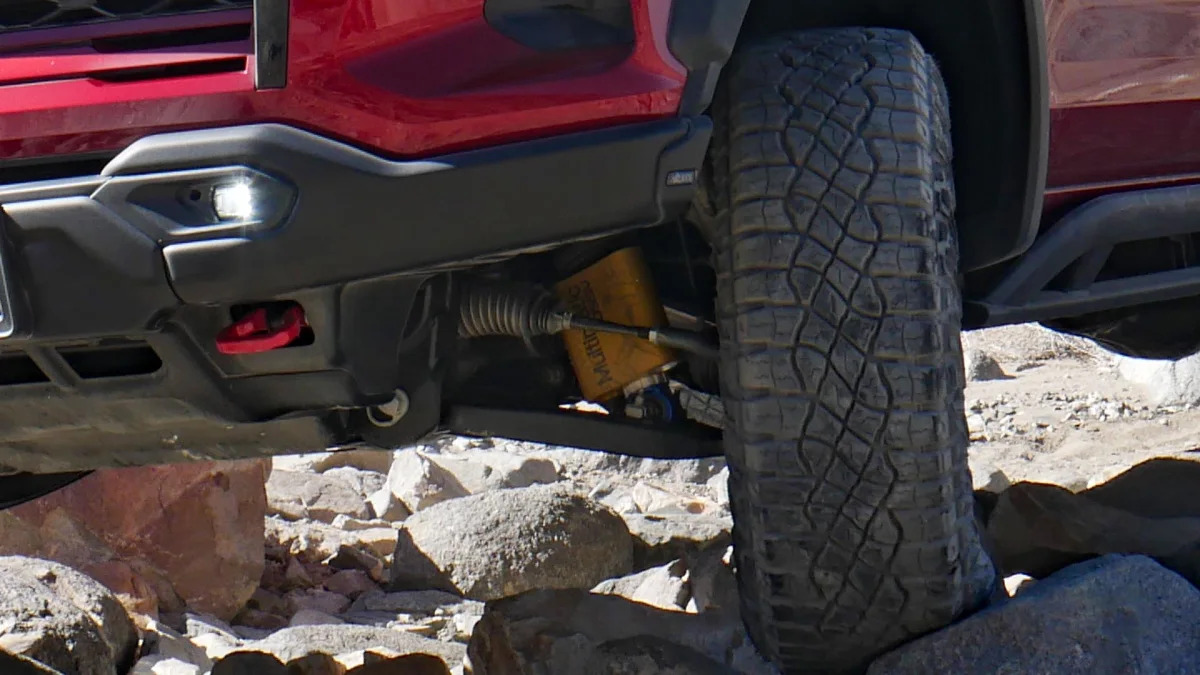

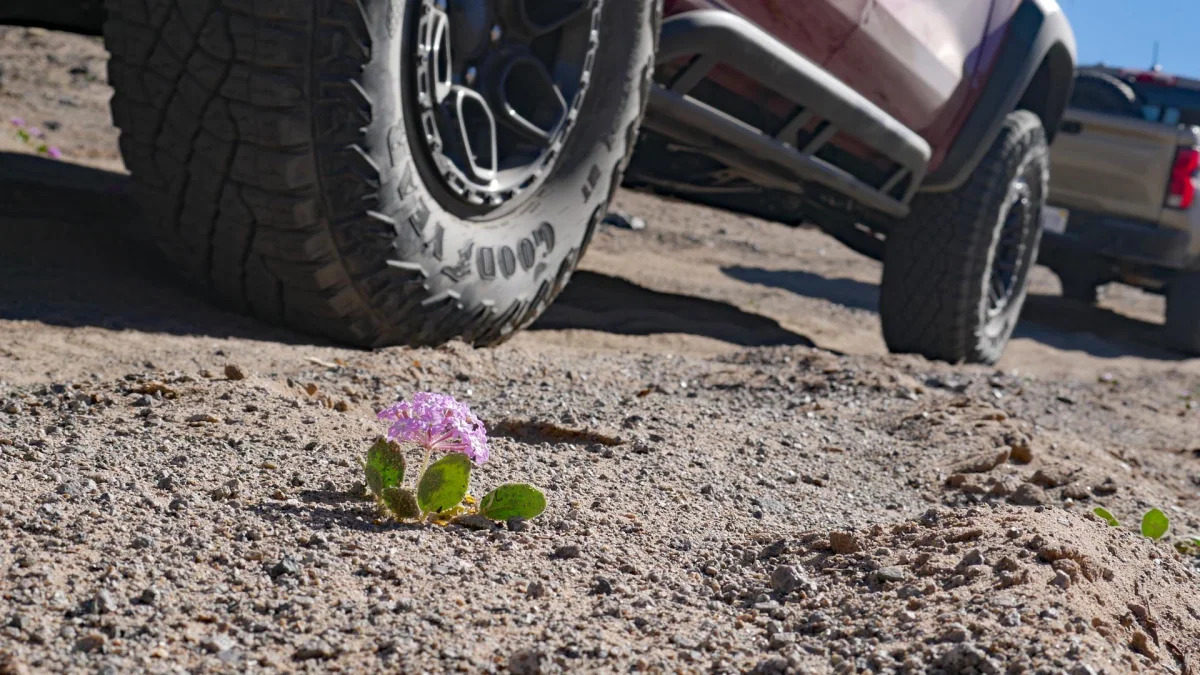
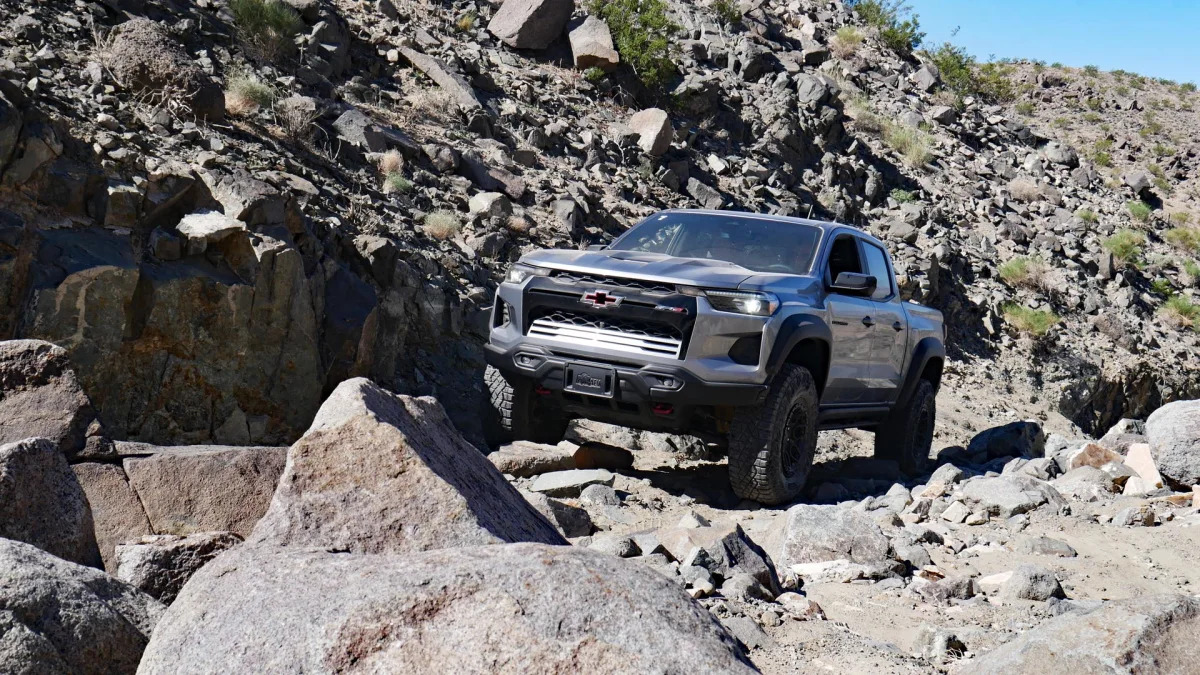





























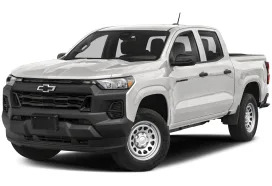
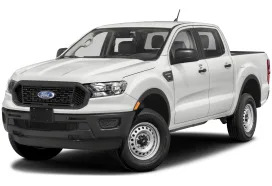
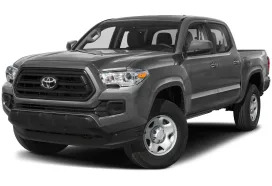

Sign in to post
Please sign in to leave a comment.
Continue